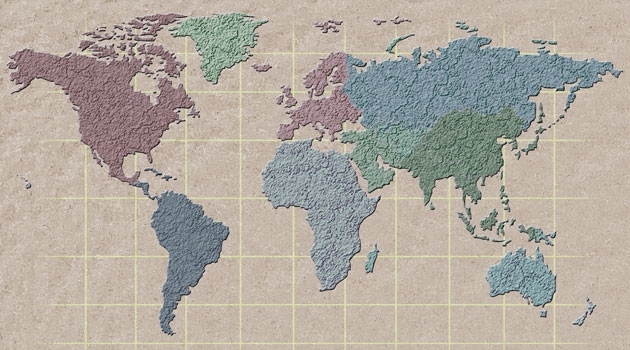Coronavirus message doesn’t always get through
How different countries are tackling the coronavirus epidemic depends heavily on the relationship between state agencies and the public. For individuals to assume personal responsibility and follow government recommendations, trust and transparency are key, according to Claudia Merli.
of medical anthropology, specialising in
crises and disasters.
Merli, Associate Professor (Reader) of medical anthropology specialising in crises and disasters, is particularly interested in citizens’ relationship with the state and government. What determines whether private individuals comply with official recommendations – or statutes and regulations – to stop the spread of coronavirus?
“International comparisons show both similarities and differences. It is a matter of trust and transparency in the information that is disseminated about the situation,” Merli says.
When the coronavirus began spreading in China, the government brushed aside the doctors who warned of the danger. The government’s first reaction was to deny and hush up the problem – until this was no longer feasible.
“The consequence was sharp criticism from the international community. But are these mechanisms really unique to China? The situation has been repeated in other countries with, on the one hand, doctors who witness the acute situation and, on the other, government agencies that end up opposing them.”
Need for trust in official announcements
In China, Wuhan was locked down and stringent measures imposed by the central government succeeded in limiting the spread of the epidemic. In a more democratic context, citizens’ access to information is vital, so that they can rely on and follow advice and recommendations, Merli thinks.
“It is quite common, in Italy and Spain for instance, for doctors to turn to the people directly, try to get the word out through the media, call journalists in and make desperate appeals to people’s sense of responsibility.”
Government agencies issue copious statistical data, with tables and graphs showing numbers of confirmed coronavirus cases and comparing the situation in different countries. The problem is the variability of national strategies for the proportion of the population that undergo testing; accordingly, this information does not explain much.
“You don’t need to be a statistician to understand that the numbers of cases reported aren’t comparable between a context where 10 per cent of the population are tested, and another one where only 1 per cent is,” Merli points out.
Remote risk
Neither are mortality figures reported by different countries directly comparable, since they depend on how “fatalities” and “mortality” are defined. The statistics therefore need clarifying in light of the specific definitions applied in the countries concerned.
“Today, we have a fairly polarised debate in Sweden on whether the Public Health Agency of Sweden enjoys public respect and trust. I think it would help if we could see the models and calculations the Agency bases its recommendations on,” Merli says.
How the notion of “risk” is used in communication is also interesting. When the coronavirus began to spread worldwide, it was initially regarded as primarily representing a risk in China – far away and associated with foreign practices, such as markets where live animals are sold. When it then became clear that Europe, too, was affected by the virus, reference was first made to “risk areas”, still at a reassuring distance.
“There seems to have been an assumption, in many countries, of exceptionalism – a sense that ‘this doesn’t affect us’. In some countries, this assumption is still present,” Merli says.
Resurgence of nationalism
As a medical anthropologist, she also takes an interest in the political implications of the pandemic. They too affect human health, after all.
“We need to look at the fact that nationalism is being recreated and borders are suddenly being reinstated. Territorial boundaries are being created that prevent people’s mobility and tend to isolate communities, while at the same time it is fairly difficult to keep people at home.”
Another worrying tendency is that getting epidemiological models accepted, although they are based on world-leading research, has been difficult. They have often been rejected by government agencies.
“There are various interpretations in this scientific discipline, and these models are intended to be open to discussion. What seems to me extremely dangerous in the current situation is that suddenly some knowledge can’t be discussed openly if it is produced by particular authorities or research groups. Thus, the risks we’re dealing with here are not only epidemiological, but also epistemological.”
Italian doctors’ warnings
Whether discussions go on behind closed doors or are open to the public is a key question in a democratic, knowledge-based society, Merli thinks.
“When doctors in Wuhan were concerned and tried to alert the government, they were silenced. I don’t want to see that happen anywhere else.”
Doctors in Italy recently tried to draw attention to the situation, to warn other countries in Europe that had not seen the same rapid rise in the number of critically ill patients. They did so by, for example, inviting journalists to visit intensive care units.
“It was an attempt to get people to react, and those pictures of bodies connected to respirators completely changed the perspective. Before that, the virus was an abstract notion. Never again, I hope, will this be regarded as something that concerns only other people, far away.”
Annica Hulth

